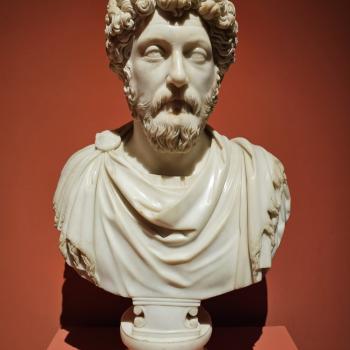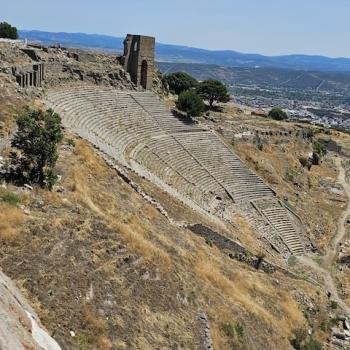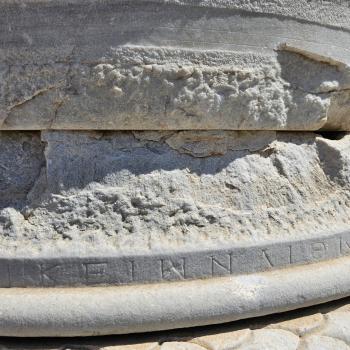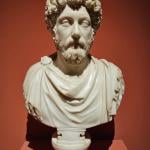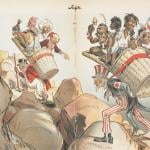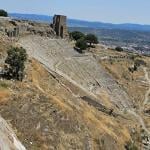This will be our last post on the Getty, but suffice it to say, I have hardly scratched the surface. It’s a museum well worth visiting if you care about the Greco-Roman world and social context into which Jesus and Paul were born. Here are some more impressive statues from their collection. 


 The marble statue of the woman from about 100 A.D. is a statue of a Muse, a quasi-divine someone ( a spirit) who inspires an artist or musician to do what they do, and of course this is where we get the verb ‘to muse’ and also ‘amuse’. The bronze statue is of Hermes, it would appear, the messenger of the gods, and the female bust gives a strong sense of how ancient one’s looked, complete with life like marble eyes. At the very bottom we have a relief of an elephant, used in war famously by Hannibal against the Romans, and it scared the Romans to death. They were always impressed by elephants after the Carthaginian wars.
The marble statue of the woman from about 100 A.D. is a statue of a Muse, a quasi-divine someone ( a spirit) who inspires an artist or musician to do what they do, and of course this is where we get the verb ‘to muse’ and also ‘amuse’. The bronze statue is of Hermes, it would appear, the messenger of the gods, and the female bust gives a strong sense of how ancient one’s looked, complete with life like marble eyes. At the very bottom we have a relief of an elephant, used in war famously by Hannibal against the Romans, and it scared the Romans to death. They were always impressed by elephants after the Carthaginian wars.  One of the most impressive collection of statues is the three statues, found in a cave of poets and sirens found in southern Italy in Taras and dating to 300 B.C. These statues were once painted, and one can still see some traces of the paint. The poet is the central seated and bald figure, whereas the sirens are standing. Probably the seated poet and singer is Orpheus. The Sirens of course were famous for singing and luring sailors to their deaths on the rocks. But as the story goes, Orpheus sang more beautifully and the Sirens stopped to listen, and so Jason and the Argonauts were saved.
One of the most impressive collection of statues is the three statues, found in a cave of poets and sirens found in southern Italy in Taras and dating to 300 B.C. These statues were once painted, and one can still see some traces of the paint. The poet is the central seated and bald figure, whereas the sirens are standing. Probably the seated poet and singer is Orpheus. The Sirens of course were famous for singing and luring sailors to their deaths on the rocks. But as the story goes, Orpheus sang more beautifully and the Sirens stopped to listen, and so Jason and the Argonauts were saved.



